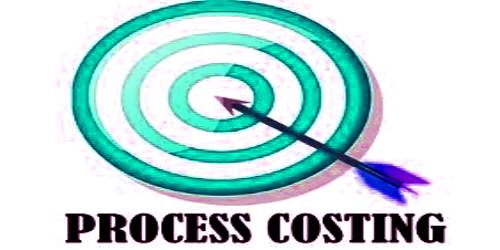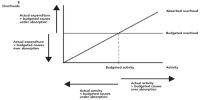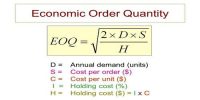Process costing is a method of assigning costs to units of production in companies producing large quantities of homogeneous products. It is a type of operation costing which is used to ascertain the cost of a product at each process or stage of manufacture.
The following are the features of process costing:
(a) Costs Flow from One Process to Another: As in any manufacturing organizations, costs relating to direct material, direct wages and factory overhead’s are incurred here also, which are charged to process accounts. As manufacturing is continuous, the cost of the finished output of one process becomes the cost of the raw material input of the next process.
(b) Average Unit Cost Consumption: An average cost per unit is calculated by dividing the total costs by the output in a period.
(c) Not Distinguishable: The products in different stages are hot distinguishable in the processing stage.
(d) Normal Spoilage: The cost of normal spoilage or wastage is included in the cost of the total units produced.
(e) Equivalent Production Computation: The units which are incomplete at each stage of production are converted into equivalent production based on the degree of incompleteness.
(f) Work-in-Progress (WIP) at Year End: At the end of the accounting period, there will be some stock of semi-finished goods or WIP. The reason is due to the continuous nature of the manufacturing process. Hence, the apportionment of process cost has to be made between the finished product and WIP at the end of each accounting period.
(g) The emergence of More Than One Product: At the end of different processes, more than one product may be produced. They are “joint products” or “byproducts”
















